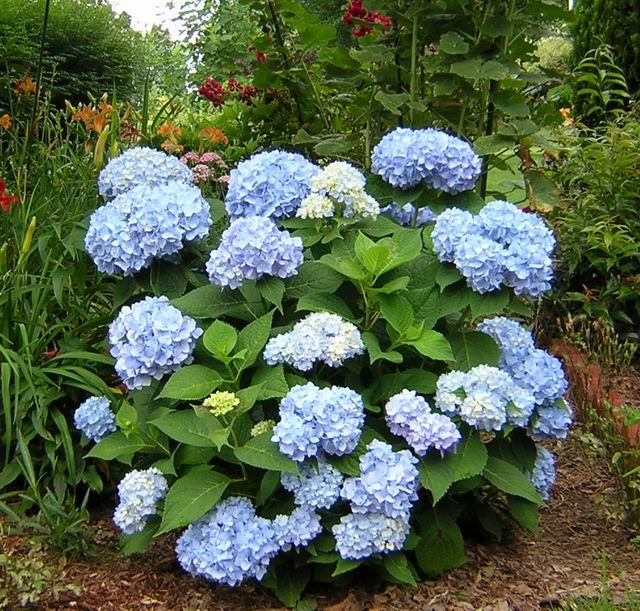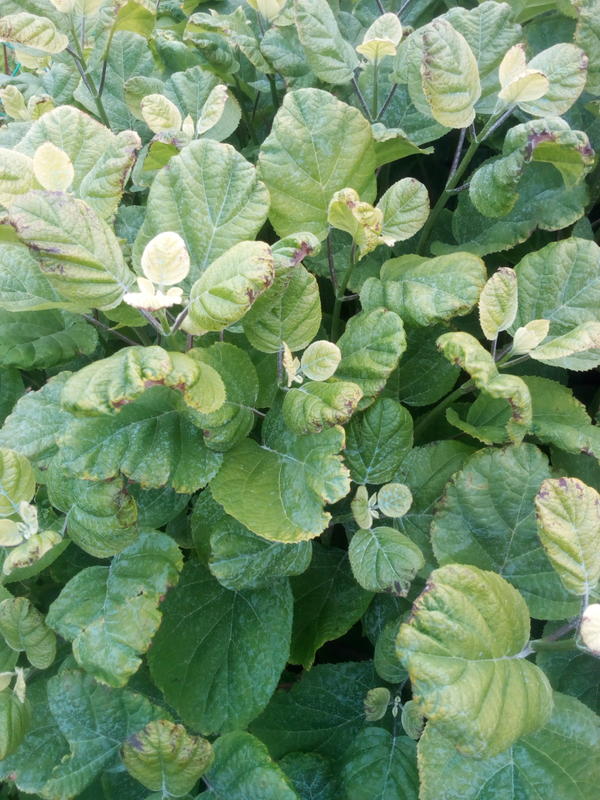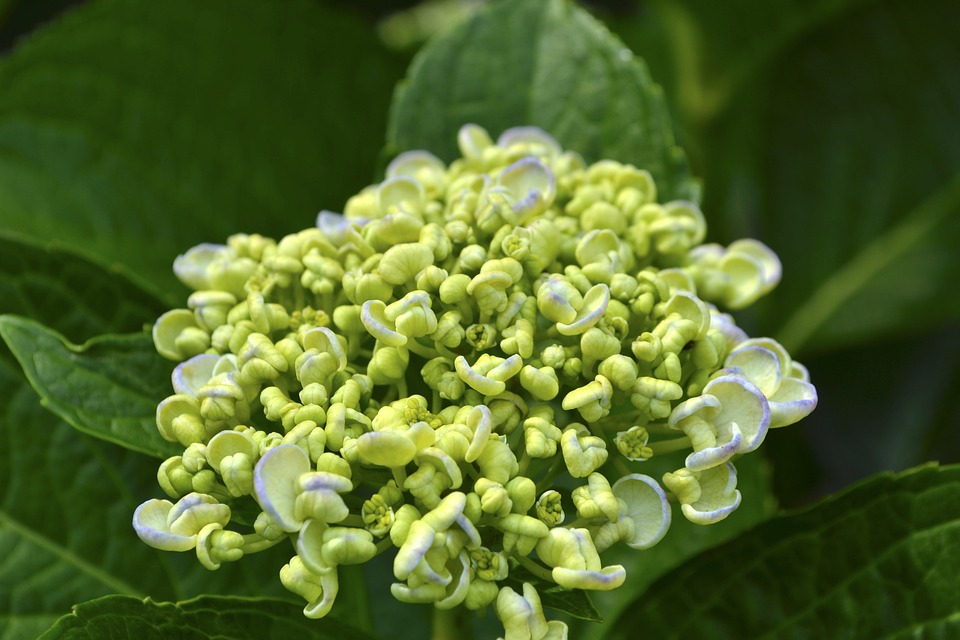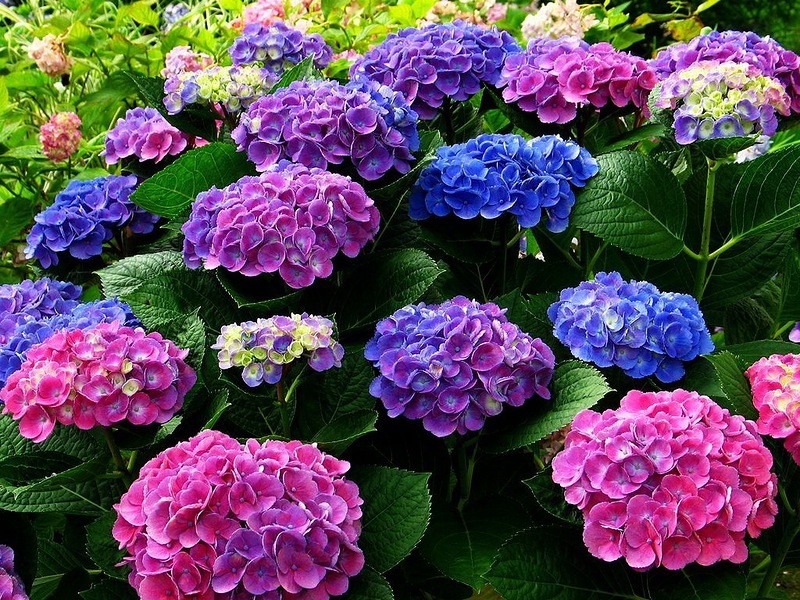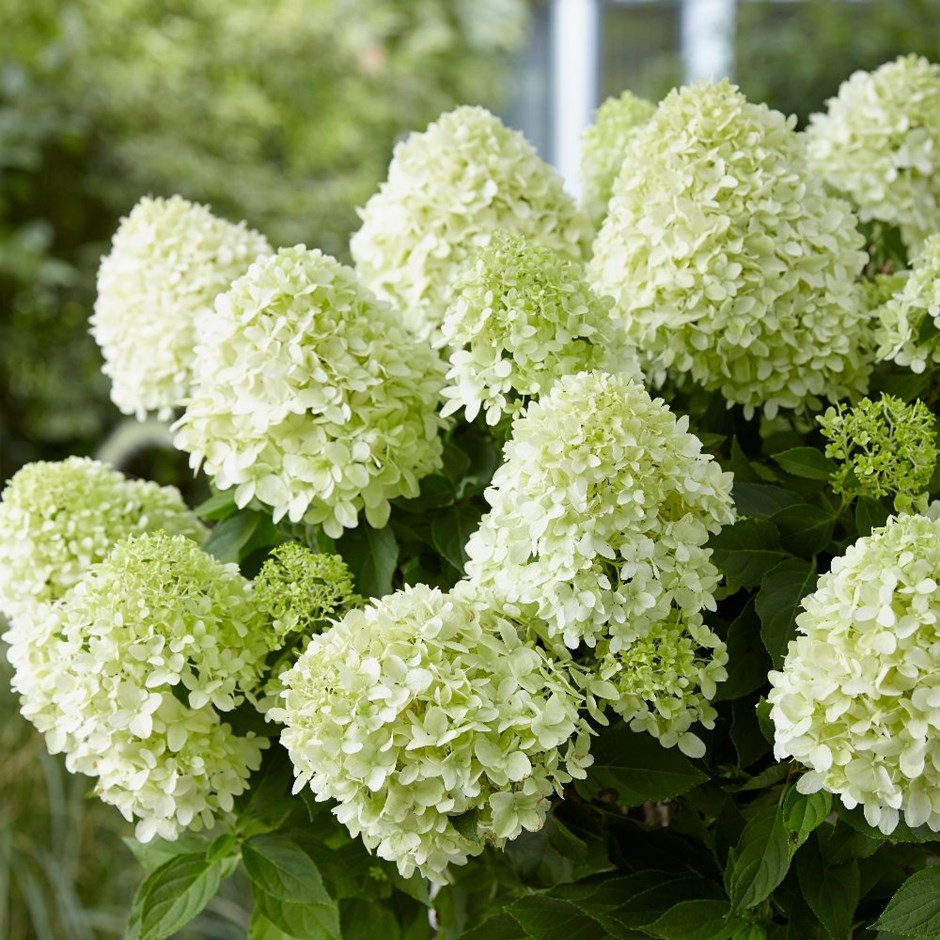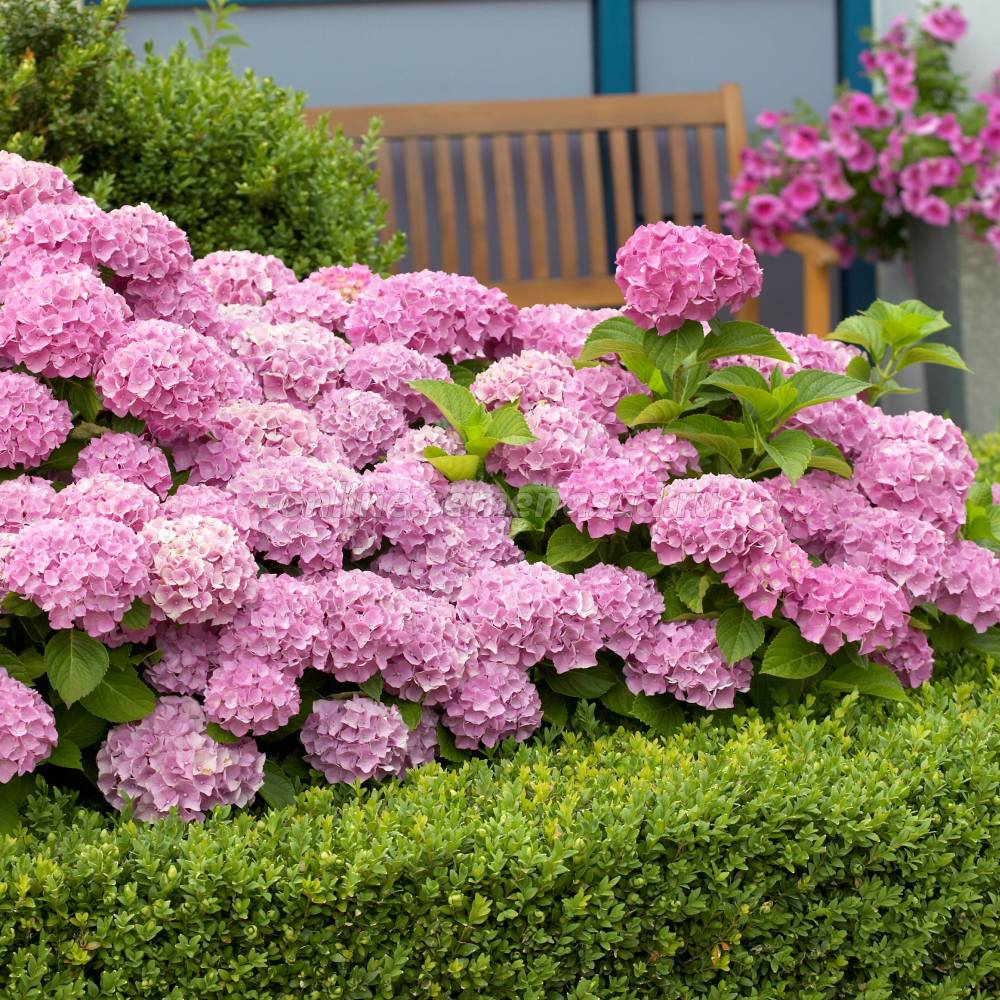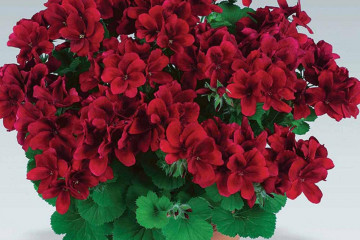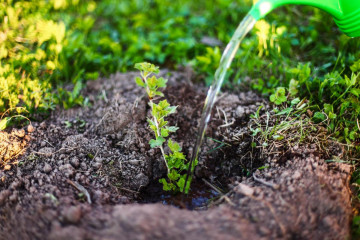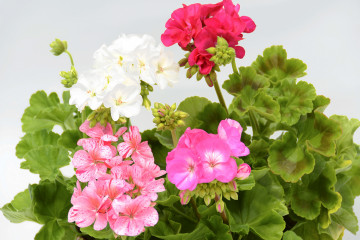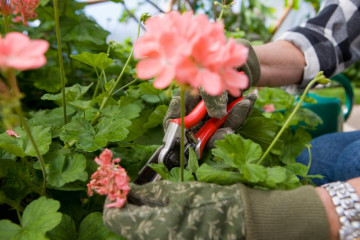How to feed hydrangea in spring for lush flowering in the garden
Content:
Gardeners try to decorate summer cottages with unpretentious and beautiful plants, one of which is hydrangea. The flowering of striking beauty does not leave anyone indifferent. This shrub is planted in the most prominent places, it is assigned the first roles in garden ensembles, because long and incredibly beautiful flowering creates beauty on the site and gives it a mesmerizing look.
Every gardener should discover the hydrangea, it gives charm to any area, thanks to its paniculate appearance. The name of the plant was given by F. Commerson, in Latin it sounds like "Hydrángea", in translation it means "garden".
Whether to feed the hydrangea in spring
For lush flowering, regular feeding of hydrangeas is necessary. One of the most important dressings is spring dressing, which helps to ripen beautiful flower stalks, make the shrub more lush, with strong shoots.
At the same time, flowering becomes longer and more abundant. Top dressing helps to protect the plant from pests and various diseases.
Hydrangea is rightfully considered one of the best decorations in any garden, but it is good when it blooms abundantly. On some shrubs, multi-colored blooms can be seen.
This is achieved with the help of different acidity of the soil, while the shades change from blue and lilac to pink and raspberry.
Fertilizers for active growth and flowering in the garden
The plant prefers acidic soils, therefore, you should know how to feed the hydrangea in spring, and carefully select fertilizers, taking into account all the characteristics of the plant. For spring, mineral and organic additives and some others will be required, which should be discussed in more detail.
Hydrangea prefers fertile loose soils, a high humus content and air permeability are desirable. At the same time, it is believed that the first two years the plant has enough nutritious soil and it is not necessary to feed it.
In order for the shrub to please with its flowering all summer, it is necessary to regularly fertilize and acidify the soil. Next, what is the best way to feed the hydrangea.
June marks the beginning of flowering, the plant must be fully prepared for it. There are several varieties of hydrangeas (tree-like, large-leaved), they all love the same growing conditions, therefore it is enough to remember the basic rules of care and the necessary fertilizers for harmonious growth and lush flowers.
Folk remedies
Chicken droppings or manure (cow, horse or rabbit) can be an effective organic fertilizer. Regardless of the variety, the substance is diluted in water in a proportion of 1 part manure and 10 parts water. Covering with a lid, the solution should be left to ferment for 10 days.
Stir the substance daily, strain after 10 days. The resulting solution is diluted with water.If the infusion was made from chicken manure, then 1 liter should be diluted with 20 liters of water, when using animal manure, 10 liters of water is enough. After that, the hydrangea is watered with the resulting composition.
Among the folk dressings, there are non-standard ones, for example:
- Kefir or whey diluted with water will help hydrangeas bloom more magnificently, for this 2 liters of fermented milk product is diluted in 10 liters of water;
- Infused rye bread on water will help to increase the number of beneficial bacteria in the soil, due to which the roots of the plant will be strengthened, immunity and resistance to diseases will be strengthened;
- You can heal the plant using ordinary baker's yeast, for this they are diluted with sugar and water, after they have foamed, they are diluted with another 10 liters of water. After watering, the plant will become healthier and grow better. Beer is also often used, only a natural "live" product is suitable for fertilization;
- A solution of potassium permanganate is often used for spraying, this helps to strengthen the wood.
It has been proven that folk remedies are quite effective, in addition, they are completely harmless. It should be remembered that they are used in conjunction with other drugs.
Mineral fertilizers
Organics should not be used too often for hydrangeas, alternation with mineral complexes will help the plant to fully develop. The most commonly used superphosphate, as well as ammonium and potassium sulfates. The compositions are diluted according to the instructions on the package, fed with them from spring to mid-summer.
Urea is good for early spring use. It should be diluted in water. For 10 liters, 1 tbsp is enough. l. For one hydrangea bush, 5 liters of such a solution will be enough.
Long-lasting fertilizers
Long-acting fertilizers are popular for hydrangeas, which are applied only once a year. They are produced in granules, which are introduced dry into specially dug holes along the perimeter of the shrub. After the fertilizer is poured into the holes, water is poured over them. Among such fertilizers are popular products that are produced by the companies "Pokon" and "Greenworld". Of these, you can choose the composition, the better to fertilize the hydrangea in the spring.
Ready mixes for fertilizing hydrangeas
There are quite a few ready-made fertilizers designed specifically for hydrangeas that it is fairly easy to feed. Among them, the most proven and popular should be highlighted:
- "Agricola" - contains everything the plant needs, trace elements in the composition are easily absorbed by the hydrangea;
- "Ferrovit" - helps to restore iron deficiency, this agent is sprayed on a bush, diluting 1.5 g in 1 liter of water;
- for good flowering, the complex of mineral fertilizers "GreenWorld" is ideal;
- "Fertika" - produces a special fertilizer for hydrangeas, it is used every 2 weeks.
Ready mixes are more convenient, especially if there is not enough time.
When to apply top dressing, at what temperature
To create an unusual and abundantly flowering shrub in the country, you should make all the top dressing on time. Home hydrangea is very sensitive to fertilizers and will certainly thank you for the timely and correct feeding.
To fertilize the plant, it is important to observe one condition: the drug is introduced into the near-stem circle around the plant, having previously dug a small furrow, where not only liquid compositions are placed, but also dry ones. After the fertilizer has been applied, fill the hole with humus. Sour peat is perfect for this, which will play the role of mulch, and will also help create additional nutrition for the hydrangea.
In the spring, foliage and shoots are laid, which means that fertilization will be required for lush greenery. Most often, slurry is used, diluted in a ratio of 1:10 with water.
When applying dressings on the street, there should be a positive temperature. In spring, organic and mineral fertilizers should be alternated, during April and May, fed with a weak solution of manganese, it will strengthen the wood and disinfect the root system.
There are a large number of both special fertilizers for hydrangeas and folk remedies on the market. Industrial preparations can be produced in crystals and granules, as well as in ready-made liquid solutions. The best soil acidity for hydrangea will be a level of 4.5 pH.
First nitrogen fertilization
As soon as the last snow melts and the hydrangea releases the first shoots, it is necessary to make the first feeding. For this, nitrogen fertilizers are used, such as urea (15 g per 10 l of water per 1 sq. M) and ammonium nitrate (20-25 g per 10 l of water per 1 sq. M).
If the time for the first feeding of the hydrangea in the spring is missed, this is not very scary, while in the second one should take this fact into account and add a little more nitrogen.
The second complex mineral dressing
When buds begin to form on the bush, it is time for the second feeding. During this period, the plant requires a large amount of potassium and phosphorus, nitrogen is introduced taking into account the first feeding (or lack thereof).
Some gardeners use completely mineral fertilizers, for example, nitroammofoska (25 g per 10 liters of water for 2 adult plants) or diammofoska (20 g per 10 liters of water). Ready-made special fertilizers are very popular. You can prepare the mixture yourself using potassium sulfate.
The third and fourth phosphorus-potassium supplements
The third feeding is carried out during the flowering period, when the buds have already begun to bloom. At this time, potassium-phosphorus compounds with the addition of trace elements are suitable. This top dressing is optional (fertilizers are applied at your own discretion), it will help make the plants bloom longer.
In this case, it is advisable to acidify the soil with ready-made solutions, they are easy to purchase in specialized stores. You can even do this a couple of times, because hydrangea loves acidic soil very much and responds well to such actions.
Already in the fall, phosphorus-potassium fertilizers should be applied to the hydrangea, which will help the plant to lay new buds for next year and prepare the shrub for winter. Ideally, use superphosphate for these purposes (15 g per 10 l of water per 1 sq. M), while adding potassium (15 g per 10 l of water per 1 sq. M.). In winter, the plant hibernates, it is not required to feed it. Plant care begins only in spring.
It should also be borne in mind that hydrangea does not like wood ash, it deacidifies the soil. Humates help to better assimilate mineral fertilizers. For this, potassium humate is usually bred together with a complex mineral fertilizer (nitroammophos) and superphosphate.
